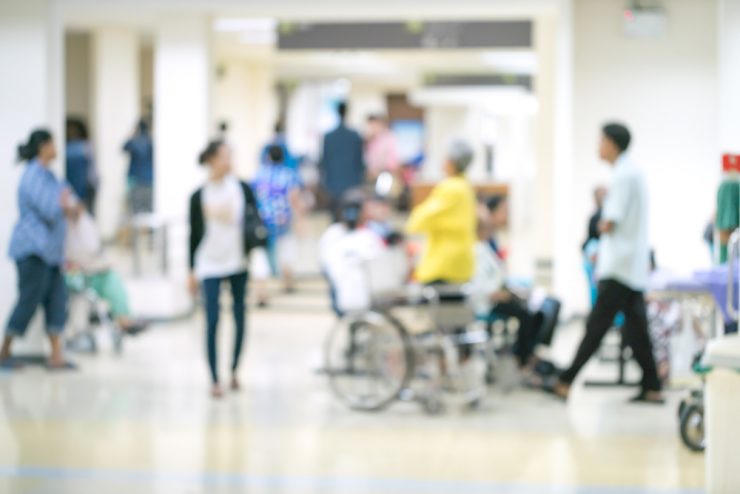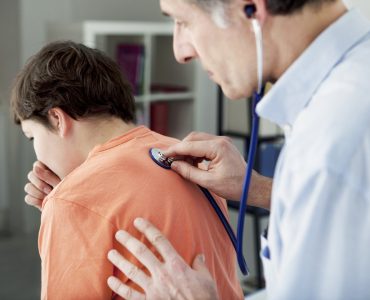Causes of Dystonia
Dystonia has been categorized into two parts on the basis of its causes;
Primary or Idiopathic : Dystonia comes under the primary category when there is no fundamental reason behind it, except for genital causes or being hereditary, which means that someone else in the family has gone through Dystonia. The exact procedure and cure for this kind of Dystonia has not been studied fully yet.
Secondary or Symptomatic: Dystonia comes under this category where the cause can be justified clearly. It may be due to a change in the brain structure, birth defect, neurological problems such as Wilson’s disease, mishap, intake of specific drugs such as antidepressants and anti-sickness drugs, etc.
The part of the brain that is majorly involved in Dystonia is known as the basal ganglia. This area controls the movement by modifying the muscle convulsions. If any minor changes occur in this area of the brain, it will lead to unwanted movements. The actual reasons for Dystonia have not been understood yet and the researchers are continuing their study on the details.
Diagnosing Dystonia
Dystonia is diagnosed according to the following classifications:
Part of the body afflicted
Age of the person affected
Most plausible cause
The GP usually verifies the symptoms and studies the patient history. If he/she feels that the patient has been afflicted by Dystonia, he will immediately refer the patient to a neurologist who is a Dystonia treating specialist. Depending on the type of Dystonia, that particular specialist will go ahead with the treatment.
Treatment of Dystonia
Treating Dystonia may improve the symptoms but not cure the condition completely. Treatment is carried out in order to lessen the pain and reduce muscle contractions. The different kinds of treatment followed are explained in detail below:
Medication
Medicines taken for Dystonia are basically relaxants to reduce spasm and drugs to rectify the signals sent by the brain to the rest of the body. Medicines like carbidopa, bromocriptine and levodopa help the brain to control the muscle movement. Different kinds of combinations of medicines are prescribed to different patients depending on the level and type of Dystonia. The medicines taken may have several side effects and do not serve the purpose always. Repeated injections of Botox may be given at regular intervals to decrease the spasms experienced, which are painful but do not have any side effects.
Surgery
Surgery is to be opted for when medicines don’t work. It involves several risks, for instance, the muscles and nerves to be cut. There are two types of surgeries:
Thalamotomy – in which the thalamus (a part of the brain) has been destroyed.
Pallidotomy – the globus pallid or pallidumis (a part of the brain) destroyed.
Deep Brain Stimulation
Deep brain stimulation or DBS is a method used to treat Dystonia, by using two small electrical wires that are permanently fixed into that part of the brain which is causing Dystonia.
The other treatments of Dystonia include relaxation therapy, physiotherapy, speech – language therapy, etc. The study to identify some more effective methods to cure Dystonia continues still.













